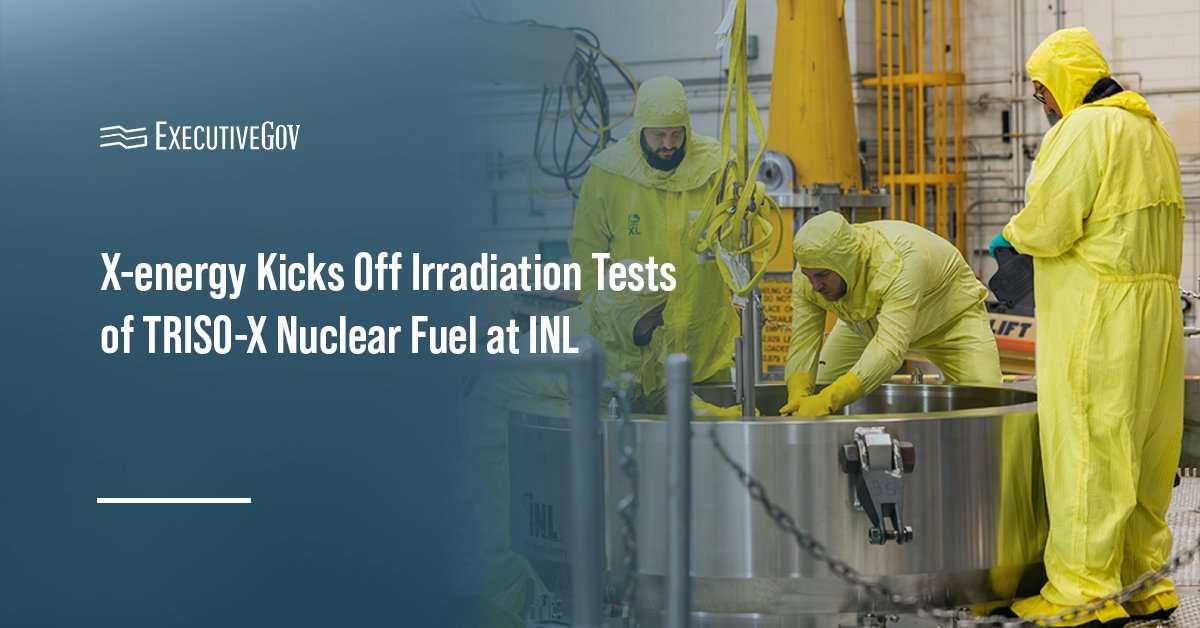AI and machine learning are supercharging the Drug Enforcement Administration’s efforts to protect Americans from dangerous narcotics. From improving crime scene reconstruction and determining the origin of drug precursors, AI is helping the DEA work faster, smarter and more effectively.
That doesn’t mean the DEA has abandoned tried-and-true technologies. It’s been awarding contracts to maintain its fleet of aircraft and for foreign language support in electronic surveillance. Let’s dig into the five biggest headlines the DEA has generated involving AI and other technologies.
Get the scoop on the latest DEA business opportunities directly from DEA COO Gary Owen during his keynote at the Potomac Officers Club’s 2025 Homeland Security Summit this Wednesday–Nov. 12! Be the first to learn about spending priorities and technology modernization efforts in FY 2026. Few tickets remain–sign up today!
Table of Contents
How Is the DEA Using Modernized Technology?
1. Leveraging AI-Generated Visuals in Law Enforcement
AI-generated visuals are improving law enforcement investigations by developing realistic simulations and analyzing complex data sets, according to reelmind.ai. Agencies including the DEA are experimenting with, and adopting, AI-powered tools to help with crime scene reconstruction and better visualize complicated illicit networks.
Additionally, AI video generation models are helping law enforcement professionals develop realistic simulation for training, recreate crime scenes with impressive fidelity and produce attractive visual aids for court proceedings. For instance, the Flux Series and its photorealistic results and progressive prompt understanding offers unmatched quality for developing accurate representations of events.
AI-generated visuals are also helping law enforcement better perform training missions. The Flux Series allows the development of extremely realistic training simulations for tasks such as tactical response, surveillance and interdiction operations. AI-developed simulations help officers experience a broader range of situations than with typical methods, making them more prepared and helping them make better decisions in stressful situations.
2. Determining the Origin of Drugs
The DEA is using AI and machine learning in forensics. The agency has been leveraging machine learning models to identify the geographic region of origin for samples of heroin and cocaine, according to a Department of Justice report.
The system used by the DEA was created with real drug samples. It can detect anomalies in analysis and low-confidence results and can help with classifying fentanyl analogs and related compounds. These methods bring together established chemistry methods, such as mass spectrometry, for classifying compound components while machine learning models examine the components and make assessments.
The DOJ said ongoing research suggests that future uses could include analysis of trace and physical evidence, medical examinations and evaluating crime scenes.
Are you a GovCon technology professional with a homeland security portfolio? Then you can’t afford to miss DEA COO Gary Owen’s keynote at the Potomac Officers Club’s 2025 Homeland Security Summit this Wednesday–Nov. 12! Check out our five (!) panel discussions on AI that will have everything GovCon executives need to know about requirements, spending priorities and upcoming solicitations. Hear directly from top federal officials and leading industry experts. Secure your seat today and get an edge on your competitors.
3. Predictive Policing
AI is helping the DEA better perform domestic drug interdiction through predictive policing. DEA agents can take years of overdose incidents, seizure data, cartel text messages and social media trends and feed this data into algorithms. The AI, with this data, helps the agency better forecast emerging drug routes and other hot zones.
Additionally, machine learning models might evaluate tens of thousands of package shipments and identify small indicators of packages that are likely to have drugs. This data allows postal inspectors to stop more of the 50 million illicit pills that crime syndicates try to ship via the U.S. Postal Service.
4. Aircraft Support
The DEA is making investments in its aircraft to help it better fight drug trafficking. The agency in late 2024 awarded a $170 million contract to V2X to deliver operational readiness for the DEA’s fleet of more than 100 aircraft.
This is the latest DEA aircraft support contract for V2X. The company has been performing this mission for the agency for over 20 years.
V2X has also been tapped by other federal agencies, such as the Department of Defense, to bolster military aircraft. The company was awarded a $747 million Navy contract in August 2024 to enhance the service’s F-5 aircraft.
5. Foreign Language Support Investments
Foreign language support in electronic surveillance is foundational to successful DEA work. The agency in July awarded SOSi a $260 million contract to perform foreign language support for the DEA’s Title III electronic surveillance program.
The award includes validation, interpretation, transcription, translation and analysis of legally-intercepted communications. SOSi, as part of this contract, will provide foreign language support to 241 DEA offices across the country.
SOSi and the DEA have a long relationship. The company won its first federal contract with the agency in 1989 and received a comparable contract in 2021 to work for the Bureau of Alcohol, Tobacco, Firearms and Explosives. SOSi, in 2023, was awarded a contract from the DEA to provide language analytic support to its special operators.






